Now posture is the new black, it’s time to take a stand
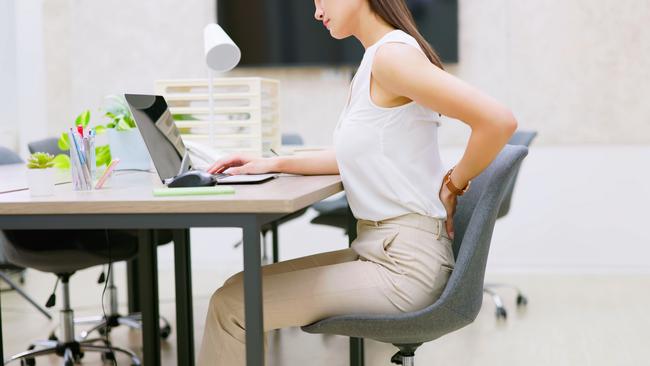
Don’t do it for me, do it for your posture, do it for your back, work on that classic pose, she said. Classic pose? Maybe she was thinking of our next Insta post.
The instructor’s entreaties may have faded along with my sore shoulders except for the appearance of a new book called Slouch: Posture Panic in Modern America. This book outlines the 20th century panic about posture and what it might signal about base instincts, even a bestial nature.
Anyone who grew up in the middle of that century would have encountered some tutoring in the importance of becoming an upright citizen. Whether they were forced to walk with a stack of books on their head, tilt their chin in the direction of a speaker or simply implored to sit up straight and stand up straight, they got the message.
Of course, teenagers of the sixties and seventies were more interested in mimicking the James Dean slouch than becoming an upright citizen.
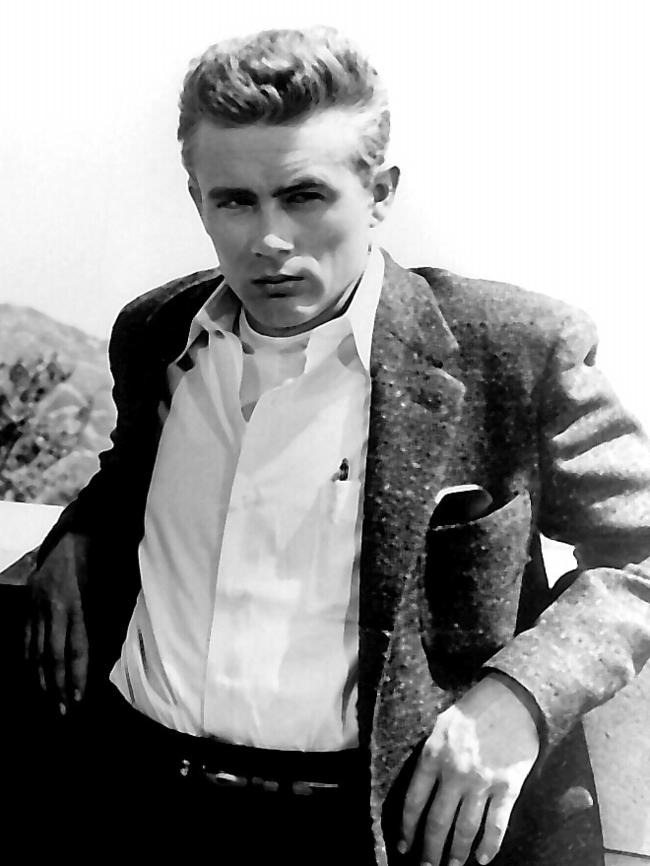
Posture panic continues today with many wondering whether the smart phone hunch is leading to a regression in the evolution of the human body. But the interest today is more about what posture does to our mind and body and what it tells about our mind.
Let’s go through a few common ones.
A new posture on our streetscapes is the boxer. This is someone who has lifted so many weights that they walk with arms hovering out from the body (like a gun slinger) and legs that look like they belong around a horse. These bullet bodies give the message that you should step aside, keep your eyes down and don’t ask for the time.
On the other side of the street is the wiry dancer. Often seen in women who run or dance, the ballerina posture looks fragile but never sweet. It is a highly torsional look that should not be underestimated, even by gun slingers.
The posh posture is still a sought-out stance. It’s marked by stiff posture (many would have worn books on their heads when young), an elongated neck and a chin tilt that shows more nostril and, more importantly, shows you’re not in their class.
The tech neck/paleo pose can be misunderstood. Sure, it looks and feels uncomfortable but it’s also a signal that the phone user is totally absorbed in TikTok and doesn’t want any interruption from anyone who’s not on the screen in front of them. It’s a closed sign.
A classic one, standing with hands clasped behind the back, isn’t as common today (perhaps because you can’t see your phone if you’re doing the royal don’t-touch-me-pose). This is just as well because it signifies that the person is bored or anxious. Note, King Charles is much less inclined to this pose since he married Camilla.
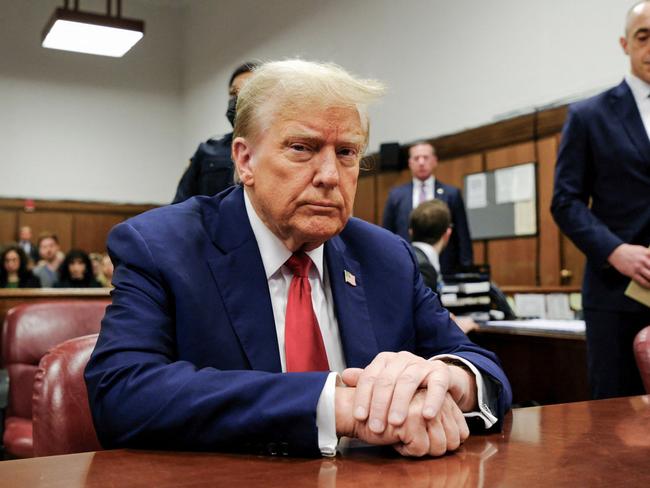
Of course, the posture that induces most censure is the slouch or the hunch. And coincidentally just the day after the Pilates instructor gave my shoulders a battening, ex-President Donald Trump appeared in court and, according to onlookers, sat hunched the whole day.
Perhaps Trump understood that a slouched pose indicates “a lack of interest in the other person or their words and no regard for what others think of you”, according to psychology manuals.
Maybe he thought he was doing a James Dean slouch with his 77-year-old obese body. Being old and tired may have caught up with him. But those acquainted with the 20th century panic over posture may have wondered about that link between the slouch and a bestial nature.

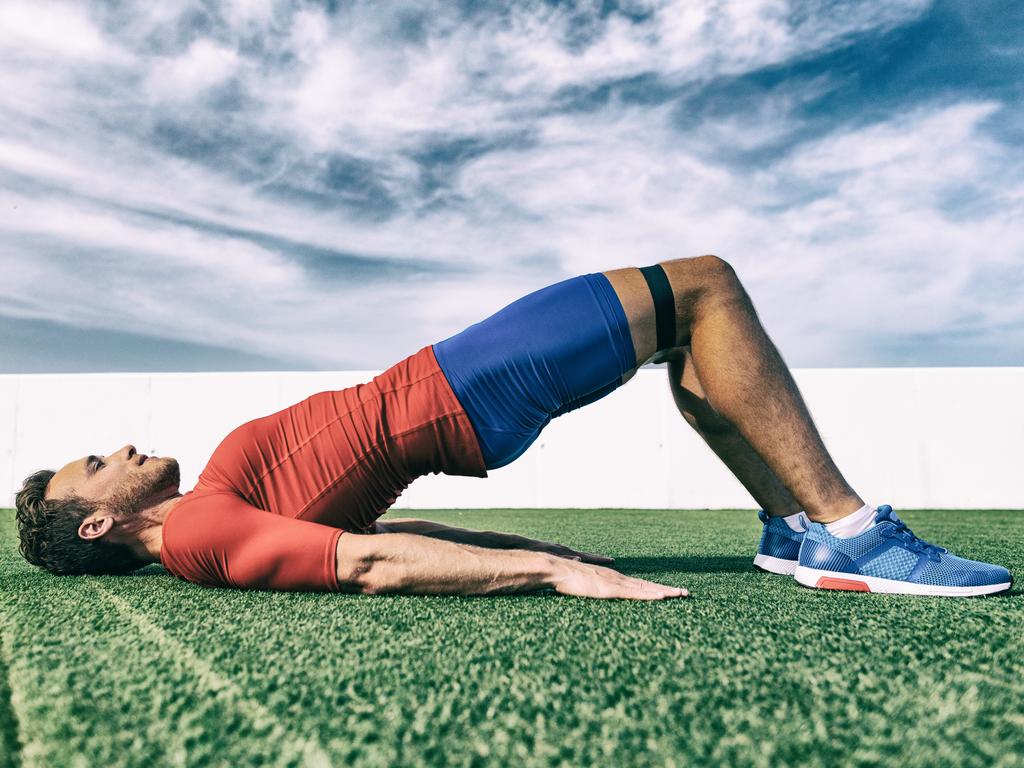
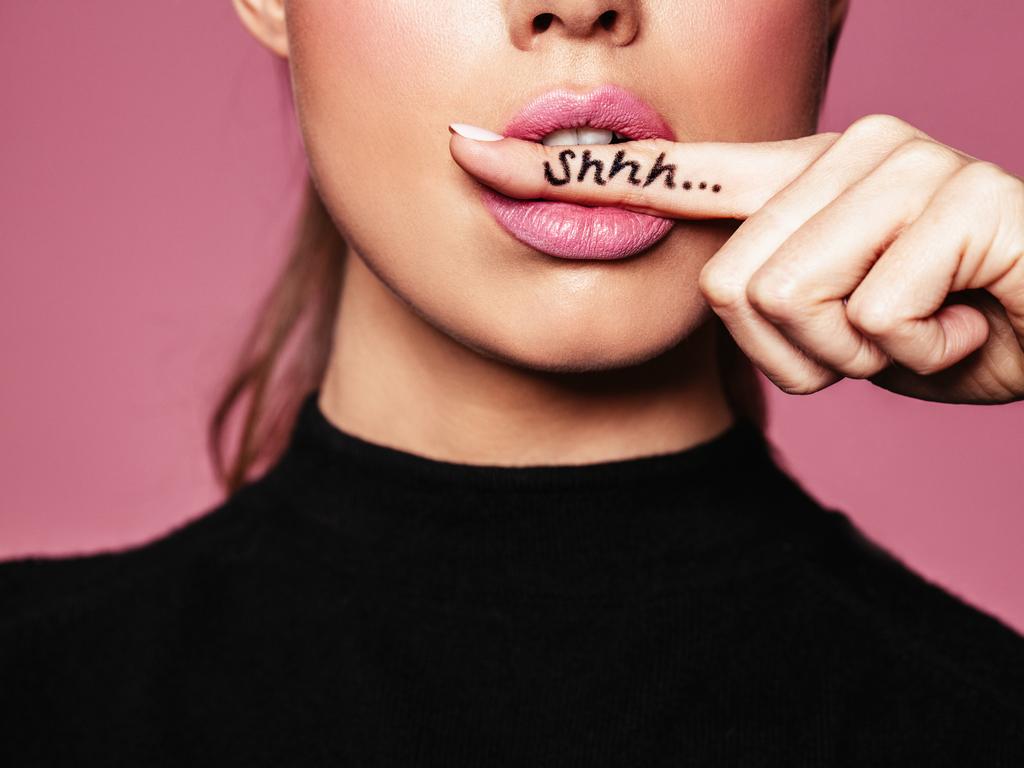
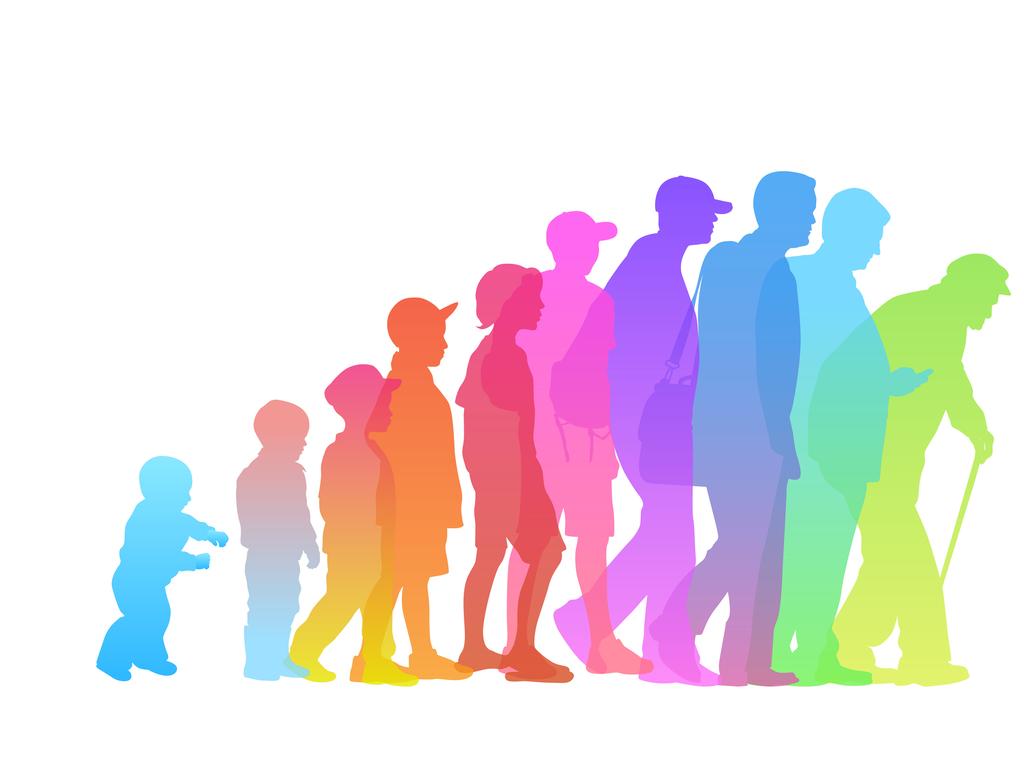


The Pilates instructor was on a riff. Do it for your posture, she said moving through the class pressing shoulders down.